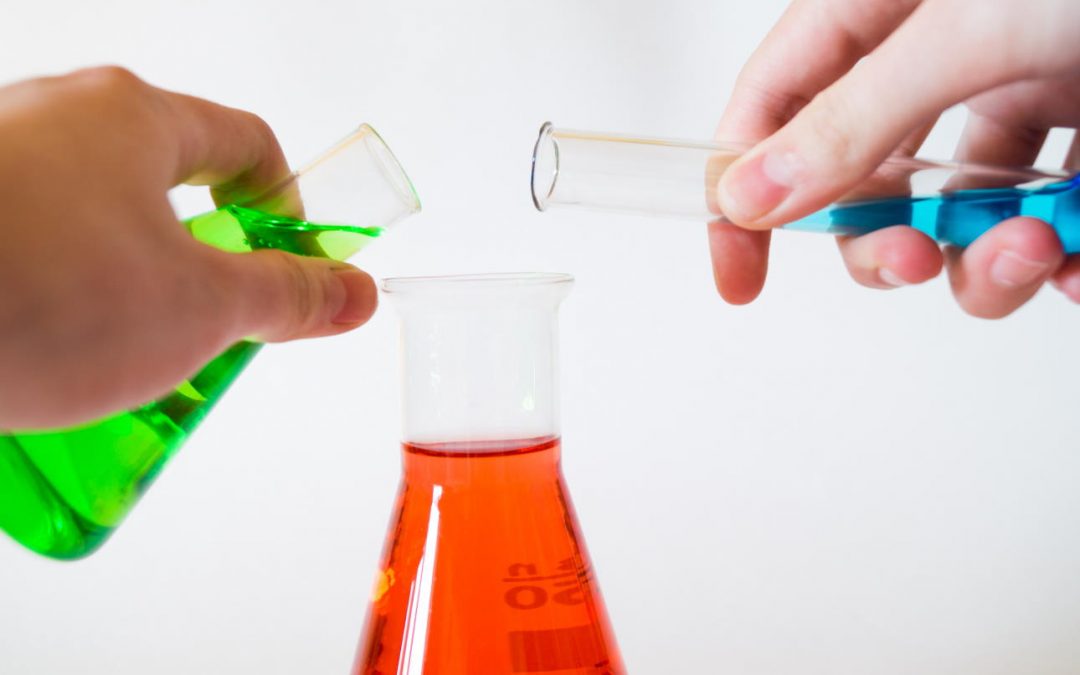The scientific method is a process of discovery and learning that involves three basic steps:
1) Observation
2) Interpretation
3) Experimentation
- Sometimes you will see different descriptions of the scientific method. However, you should see some aspect of observation, interpretation, and experimentation in these descriptions.
- Sometimes the five steps of scientific reporting (introduction, results, method, discussion, bibliography) are confused with the three steps of method (observation, interpretation, experimentation).
Observation
The essential goal of scientific observation is to quantify all descriptions by assigning a numerical value to whatever is being observed.
- Scientific observation is the skill of collecting numerical information.
- All observations can be described with numbers. This is why math is called the language of science. This fact makes it possible for computers to render any kind of picture or photograph (dimensions, shades, colors, movement, etc.) on the monitor.
Interpretation
Interpretation explains the observation.
- Explanations and conclusions derived by associating observed facts with other facts use deductive reasoning. For example, if a = b, and b = c, then you conclude that a = c.
- Explanations and conclusions based on something happening over and over again (repetition) uses inductive reasoning. For example, if you see the sun rise in the east every morning, then you conclude that the sun will rise in the east tomorrow morning.
- A scientific interpretation can pass through three stages: 1) hypothesis, 2) theory, 3) law.
1. Hypothesis
- A hypothesis is the first step of an explanation. It has not been tested sufficiently to be considered a correct interpretation of the facts.
2. Theory
- A scientific theory is an explanation that has passed the first step of testing and is in the process of being tested by many other scientists.
3. Law
- A scientific theory becomes a scientific law after repeatedly (inductive reasoning) being confirmed thousands of times in the laboratory without exceptions.
Experimentation
Scientific experimentation requires four essential elements:
1) single-variable control
2) repetition
3) predictability
4) falsification.
1. Control
- A legitimate, scientific experiment is always designed to compare two test groups. All variables in the experiment are controlled so that only one difference exists between two comparable tests. This one difference is called the variable. The results of the variable group is compared with the control group.
- If the results of two experiments are different, then it is concluded that the one variable is responsible for that difference.
- Experiments with two or more variables cannot determine why two tests show different results.
2. Repetition
- To determine if the variable is indeed responsible for causing different results than those of the control group and that the results are reliable, the experiment must be repeated.
3. Prediction
- A correct interpretation predicts what results are expected and observed.
4. Falsification
- Every experiment is designed to falsify a hypothesis or to confirm a prediction. Nothing can be proven right. Experimental results can support an interpretation’s predictions, but the understanding is that the interpretation is considered correct only until an experiment proves it wrong.
Statistical Analysis
- Sometimes results are not always the same but are very close. In these cases, scientists use statistical analysis to determine whether the results and conclusions are reliable.

Recent Comments